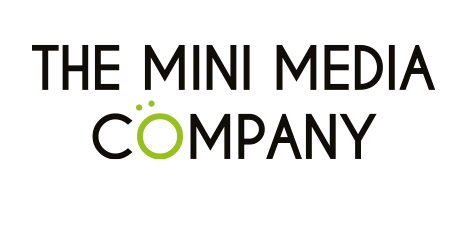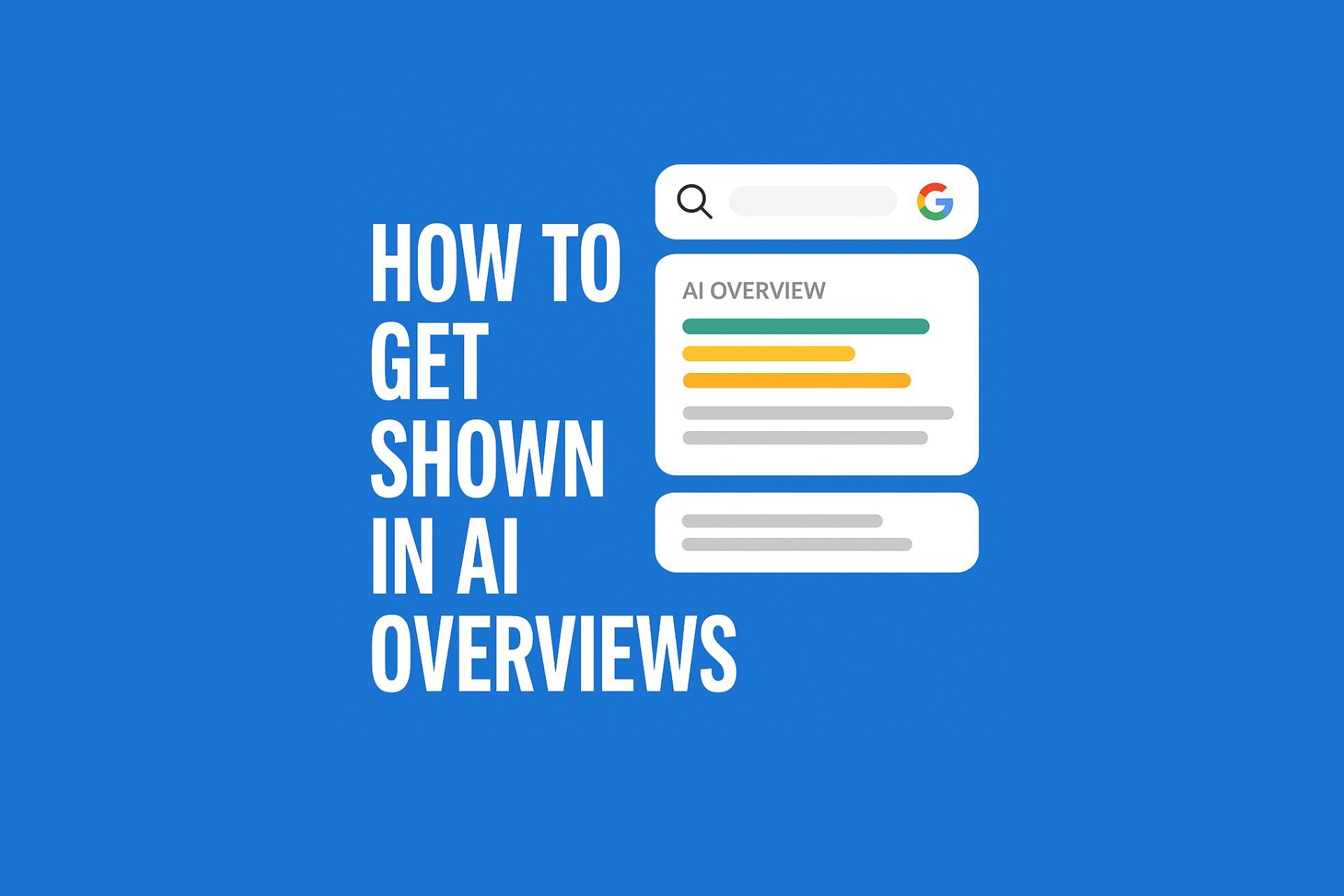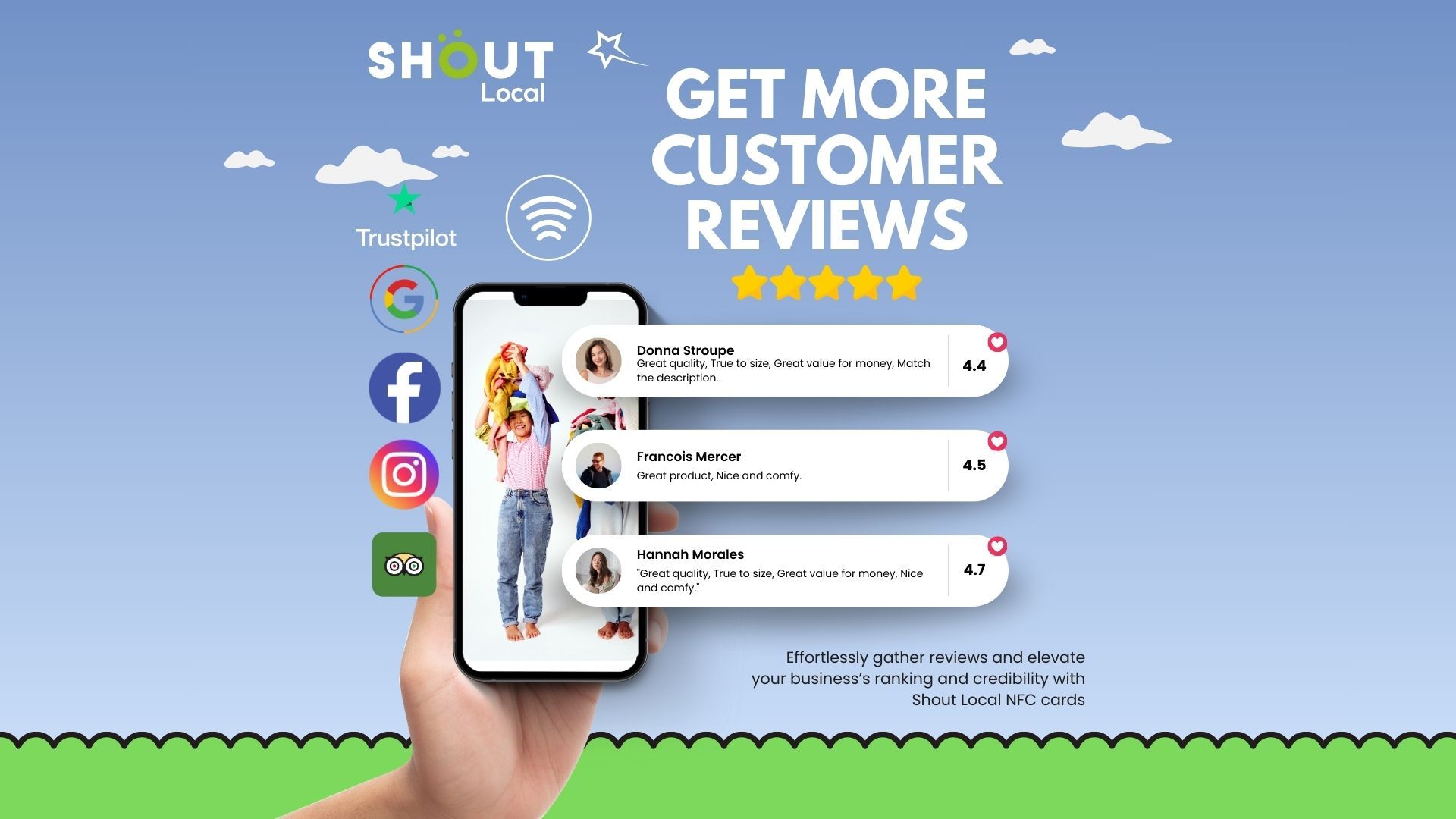The Art of Possibility: How to Create a Thriving Self-Employed Business
As a self-employed entrepreneur, you have the opportunity to create a business beyond your wildest dreams. But too often, we get stuck in the same old patterns and limiting beliefs that keep us from achieving our full potential. In this blog, we'll explore the art of possibility and how to apply it to your self-employed business to create a thriving and successful enterprise.
The Power of a Growth Mindset
As a self-employed entrepreneur, your mindset is critical to your success. In this chapter, we'll explore the power of a growth mindset and how to cultivate it to create opportunities where you once saw obstacles. We'll also discuss how to overcome limiting beliefs that may be holding you back from achieving your full potential.
What is a Growth Mindset?
A growth mindset is the belief that your abilities and intelligence can be developed through hard work, dedication, and perseverance. It's the opposite of a fixed mindset, which is the belief that your abilities and intelligence are set in stone and cannot be changed.
When you have a growth mindset, you see challenges and setbacks as opportunities for growth and learning. You embrace failure as a natural part of the learning process and use it as an opportunity to improve and grow. You are more likely to take risks and try new things because you believe that you can learn and grow from your experiences.
Cultivating a Growth Mindset
If you don't currently have a growth mindset, don't worry. You can cultivate one by adopting a few key strategies:
1.Embrace Challenges
When faced with a challenge, don't shy away from it. Instead, embrace it as an opportunity to learn and grow. Look for ways to challenge yourself in your business, whether it's taking on a new project or learning a new skill.
2.Learn from Failure
Instead of fearing failure, learn from it. When something doesn't go as planned, take the time to reflect on what went wrong and how you can improve. Use failure as an opportunity to grow and learn.
3.Adopt a Positive Attitude
A positive attitude can go a long way in cultivating a growth mindset. Focus on the positives in your business and look for opportunities for growth and improvement. Surround yourself with positive people who will support and encourage you on your journey.
4.Practice Self-Reflection
Take time to reflect on your beliefs, attitudes, and behaviors. Identify any fixed mindset thinking that may be holding you back and work to replace it with a growth mindset.
The Benefits of a Growth Mindset
A growth mindset has numerous benefits for self-employed entrepreneurs. It allows you to see opportunities where you once saw obstacles, take risks, and learn from your experiences. It also helps you stay motivated and committed to your goals, even in the face of setbacks and challenges.
Cultivating a growth mindset is essential if you want to create a thriving self-employed business. By embracing challenges, learning from failure, adopting a positive attitude, and practicing self-reflection, you can develop a growth mindset that will help you achieve your business goals and create a life beyond your wildest dreams.
Creating a Compelling Vision for Your Business
Having a clear vision for your business is essential if you want to create a thriving self-employed enterprise. Your vision is the foundation of your business and guides your decisions and actions. It's what motivates you to get up every morning and work towards your goals. In this chapter, we'll explore how to create a compelling vision for your business that will inspire and motivate you to take action towards your goals.
What is a Business Vision?
A business vision is a clear, concise statement that defines what you want to achieve with your business. It's a long-term goal that provides direction and purpose for your business. A vision statement should be simple, memorable, and inspiring.
Why is a Business Vision Important?
A business vision is important for several reasons:
- It provides direction and purpose for your business. When you have a clear vision, you know where you're going and why you're going there.
- It helps you stay focused on your goals. When you have a vision, you're less likely to get distracted by shiny objects or new opportunities that don't align with your long-term goals.
- It inspires and motivates you. A compelling vision can inspire you to take action towards your goals, even when the going gets tough.
How to Create a Business Vision
Creating a business vision can seem daunting, but it doesn't have to be. Here are some steps you can take to create a compelling vision for your business:
- Define Your Values
Your values are the foundation of your business and should be reflected in your vision. Identify the core values that drive your business and ensure they are incorporated into your vision statement.
- Define Your Purpose
What is the purpose of your business? What problem are you solving, and for whom? Define your purpose and ensure it is reflected in your vision statement.
- Define Your Long-Term Goals
What do you want to achieve with your business in the long term? Define your goals and ensure they are reflected in your vision statement.
- Draft Your Vision Statement
Using the information you've gathered, draft a vision statement that is clear, concise, and inspiring. Your vision statement should be no more than one or two sentences and should capture the essence of your business's long-term goals and purpose.
- Refine Your Vision Statement
Once you've drafted your vision statement, refine it until it's clear, concise, and inspiring. Share it with trusted advisors and colleagues and get their feedback.
The Benefits of a Business Vision
A clear, compelling vision can have numerous benefits for your business, including:
- It provides direction and purpose for your business.
- It helps you stay focused on your goals.
- It inspires and motivates you.
- It attracts like-minded customers and employees who share your values and goals.
Creating a compelling vision for your business is essential if you want to create a thriving self-employed enterprise. By defining your values, purpose, and long-term goals, drafting and refining your vision statement, you can create a powerful and inspiring vision that will guide your decisions and actions and help you achieve your business goals.
Turning Your Vision into Reality
Having a clear vision for your business is essential, but it's not enough. To create a thriving self-employed enterprise, you need to turn your vision into reality. In this chapter, we'll explore practical tools and strategies for turning your vision into reality.
- Set Goals
Setting goals is essential if you want to turn your vision into reality. Goals provide direction and focus and help you track your progress. Start by breaking down your vision into smaller, achievable goals. Be specific and set deadlines for each goal.
- Take Action
Once you've set your goals, it's time to take action. Identify the steps you need to take to achieve your goals and start taking action. Be consistent and persistent, and don't be afraid to make adjustments along the way.
- Cultivate Resilience
Building a successful self-employed enterprise takes time and effort, and setbacks and challenges are inevitable. Cultivating resilience is essential if you want to turn your vision into reality. Focus on the positives, learn from your failures, and keep pushing forward.
- Stay Motivated
Staying motivated is critical if you want to turn your vision into reality. Surround yourself with positive people who support and encourage you. Celebrate your successes, no matter how small, and take time to recharge your batteries when needed.
- Stay Accountable
Accountability is essential if you want to turn your vision into reality. Identify someone who can hold you accountable for your goals and progress. Share your goals and progress with them regularly and ask for feedback and support.
- Measure Your Progress
Measuring your progress is critical if you want to turn your vision into reality. Track your progress towards your goals and adjust your actions as needed. Celebrate your successes and learn from your failures.
The Benefits of Turning Your Vision into Reality
Turning your vision into reality has numerous benefits for your self-employed enterprise, including:
- Creating a sense of purpose and direction.
- Providing a roadmap for success.
- Building resilience and perseverance.
- Staying motivated and accountable.
- Achieving your long-term goals and creating a thriving business.
Turning your vision into reality is essential if you want to create a thriving self-employed enterprise. By setting goals, taking action, cultivating resilience, staying motivated and accountable, and measuring your progress, you can turn your vision into a successful reality.
Building a Strong Brand Identity
As a self-employed entrepreneur, building a strong brand identity is critical to the success of your business. A strong brand identity helps you stand out from your competitors, build trust with your customers, and create a loyal following. In this chapter, we'll explore how to build a strong brand identity for your self-employed business.
- Define Your Brand
Defining your brand is the first step in building a strong brand identity. Your brand is more than just your logo; it's the values, personality, and voice of your business. Define your brand by identifying your target audience, core values, and unique selling proposition.
- Develop Your Visual Identity
Your visual identity is how your brand looks and feels. Develop your visual identity by creating a logo, color scheme, typography, and imagery that reflect your brand values and personality.
- Create a Consistent Brand Voice
Your brand voice is how you communicate with your customers. Create a consistent brand voice by defining your brand tone, language, and messaging. Use your brand voice consistently across all your communication channels, including your website, social media, and marketing materials.
- Build Your Online Presence
Your online presence is critical to the success of your self-employed business. Build your online presence by creating a professional website, optimizing your social media profiles, and building an email list. Use your visual identity and brand voice consistently across all your online channels.
- Build Relationships with Your Customers
Building relationships with your customers is essential if you want to build a strong brand identity. Engage with your customers on social media, respond to their comments and messages promptly, and provide excellent customer service. Build a loyal following by creating a community around your brand.
- Evolve Your Brand
As your business grows and evolves, your brand should evolve too. Regularly review your brand identity and make adjustments as needed. Stay true to your core values and personality but be willing to adapt to changing market trends and customer needs.
The Benefits of a Strong Brand Identity
A strong brand identity has numerous benefits for your self-employed business, including:
- Helping you stand out from your competitors.
- Building trust with your customers.
- Creating a loyal following.
- Attracting like-minded customers who share your values and goals.
- Providing a consistent customer experience.
Building a strong brand identity is critical to the success of your self-employed business. By defining your brand, developing your visual identity, creating a consistent brand voice, building your online presence, building relationships with your customers, and evolving your brand, you can create a strong brand identity that will help you achieve your business goals.
Managing Your Finances
As a self-employed entrepreneur, managing your finances is critical to the success of your business. Effective financial management helps you make informed decisions, stay on top of your expenses, and plan for the future. In this chapter, we'll explore practical tools and strategies for managing your finances effectively.
- Create a Budget
Creating a budget is essential if you want to manage your finances effectively. A budget helps you track your income and expenses, identify areas where you can cut costs, and plan for the future. Start by identifying your monthly income and fixed expenses, such as rent, utilities, and insurance. Then, track your variable expenses, such as supplies and marketing costs.
- Track Your Income and Expenses
Tracking your income and expenses is critical if you want to manage your finances effectively. Use accounting software or a spreadsheet to track your income and expenses, and reconcile your accounts regularly. This will help you stay on top of your cash flow and identify any areas where you need to cut costs.
- Separate Your Personal and Business Finances
Separating your personal and business finances is critical if you want to manage your finances effectively. Open a separate bank account and credit card for your business, and use them exclusively for your business expenses. This will help you track your expenses more easily and simplify your tax reporting.
- Plan for Taxes
Planning for taxes is critical if you want to manage your finances effectively. Keep track of your income and expenses throughout the year and set aside money for taxes. Consider working with an accountant to help you manage your tax planning and reporting.
- Monitor Your Cash Flow
Monitoring your cash flow is critical if you want to manage your finances effectively. Keep track of your accounts receivable and accounts payable, and ensure you have enough cash on hand to cover your expenses. Consider using cash flow forecasting tools to help you predict your cash flow and plan for the future.
- Regularly Review Your Finances
Regularly reviewing your finances is critical if you want to manage your finances effectively. Review your income and expenses monthly and make adjustments as needed. This will help you stay on top of your finances and make informed decisions about your business.
The Benefits of Effective Financial Management
Effective financial management has numerous benefits for your self-employed business, including:
- Providing a clear understanding of your financial situation.
- Identifying areas where you can cut costs and save money.
- Helping you plan for the future.
- Simplifying your tax reporting.
- Improving your cash flow and financial stability.
Managing your finances effectively is critical if you want to create a successful self-employed business. By creating a budget, tracking your income and expenses, separating your personal and business finances, planning for taxes, monitoring your cash flow, and regularly reviewing your finances, you can manage your finances effectively and achieve your business goals.
Building a Supportive Community
As a self-employed entrepreneur, building a community around your business is critical to your success. A strong community can provide support, feedback, and inspiration, and help you achieve your business goals. In this chapter, we'll explore the power of community and how to build a strong community around your self-employed business.
- Identify Your Target Community
Identifying your target community is the first step in building a strong community around your business. Your target community is made up of people who share your values, goals, and interests. Identify your target community by understanding your ideal customer and what motivates them.
- Create Valuable Content
Creating valuable content is essential if you want to build a strong community. Your content should be informative, engaging, and relevant to your target community. Share your content on your website, blog, and social media channels to attract and engage your target community.
- Engage with Your Community
Engaging with your community is critical if you want to build a strong community around your business. Respond to comments and messages promptly, ask for feedback, and show appreciation for your community's support. Consider hosting online events, such as webinars and Q&A sessions, to engage with your community more directly.
- Collaborate with Other Entrepreneurs
Collaborating with other entrepreneurs is a great way to build your community and expand your reach. Consider partnering with other entrepreneurs in your niche to host joint events or create content together. This can help you reach new audiences and build valuable relationships with other entrepreneurs.
- Attend Networking Events
Attending networking events is a great way to meet other entrepreneurs and potential customers. Look for local networking events or industry conferences in your niche. Take the time to network and build relationships with other attendees.
- Build a Social Media Following
Building a social media following is essential if you want to build a strong community around your business. Use social media to share your content, engage with your community, and attract new followers. Use hashtags and participate in online communities related to your niche to expand your reach.
The Benefits of Building a Community
Building a community has numerous benefits for your self-employed business, including:
- Providing support and feedback.
- Helping you stay motivated and inspired.
- Expanding your reach and attracting new customers.
- Building valuable relationships with other entrepreneurs.
- Fostering a sense of belonging and connection.
Building a strong community around your self-employed business is critical to your success. By identifying your target community, creating valuable content, engaging with your community, collaborating with other entrepreneurs, attending networking events, and building a social media following, you can build a strong community that will support and inspire you as you work towards your business goals.
Conclusion:
By adopting a growth mindset, creating a compelling vision, taking action, building a strong brand identity, building a supportive community, and managing your finances effectively, you can create a thriving and successful self-employed business beyond your wildest dreams. So why wait? Start your journey towards possibility today with Mini Media to help inspire you.

















